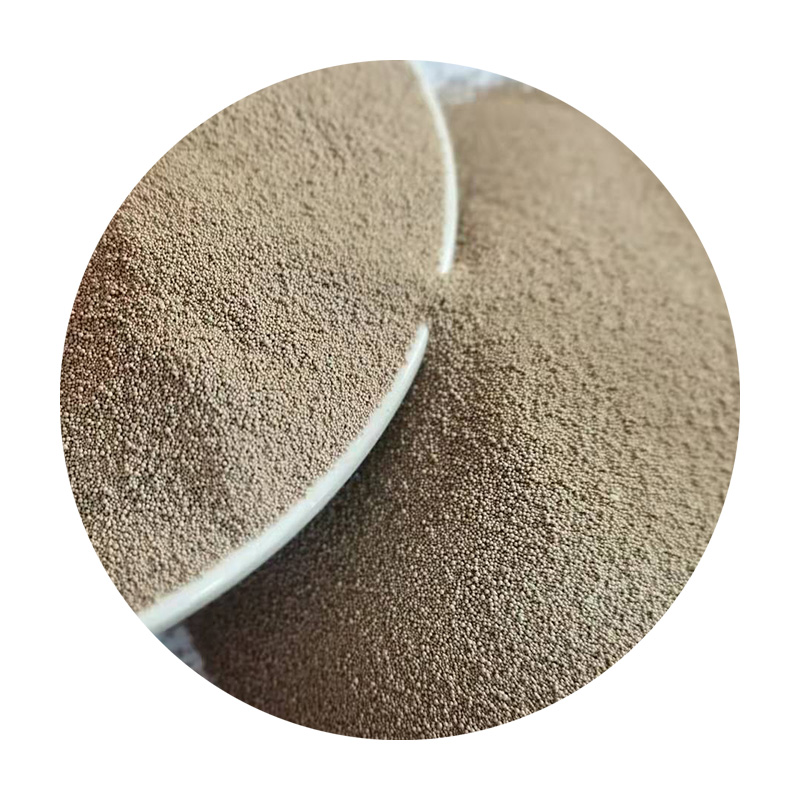The Role of Foundry Sand in Construction An Overview
As the construction industry continually seeks sustainable materials, one resource that has emerged as an innovative solution is foundry sand. Usually a byproduct of metal casting processes, foundry sand consists of finely graded silica, which can offer several advantages in construction applications. This article explores the characteristics of foundry sand, its benefits, and its potential uses in construction.
Characteristics of Foundry Sand
Foundry sand is primarily composed of silica, which provides a durable and high-performance material for construction. The sand is often processed to remove any contaminants, making it suitable for various applications. It has excellent flowability and compaction properties, enabling it to fill voids effectively. Moreover, its angular grains provide better bonding capabilities compared to traditional sands.
The manufacturing process for cast metals generates substantial quantities of used foundry sand. Instead of disposing of this material in landfills, which poses environmental concerns, reusing it in construction represents a sustainable approach to resource management.
Benefits of Using Foundry Sand in Construction
1. Sustainability One of the primary benefits of using foundry sand is its sustainability. By recycling this industrial byproduct, construction projects can significantly reduce their environmental footprint. This practice aligns with current trends in sustainable development and can help construction companies meet regulatory requirements for waste reduction.
2. Cost-Effectiveness Foundry sand is often more economical than traditional materials. Utilizing this byproduct can lead to reduced material costs in various construction applications. This is particularly beneficial for large projects where material costs represent a significant portion of the budget.
3. Enhanced Performance Foundry sand can enhance the performance of construction materials. When mixed with concrete, for instance, it can improve the strength and durability of the final product. Its uniformity also contributes to a smoother finish, enhancing both the aesthetic and structural integrity.
foundry sand used in construction

4. Improved Drainage Foundry sand’s unique properties allow for better drainage in construction applications such as road bases and sub-bases. This enhances the longevity of roads and other structures by mitigating water-related damage, which can lead to costly repairs over time.
5. Soil Stabilization In geotechnical applications, foundry sand can be used to stabilize soil. This is particularly useful in areas where the natural soil structure is weak or prone to erosion. By integrating foundry sand into the soil, engineers can create a more stable base for foundations and other structures.
Applications in Construction
Foundry sand finds various applications in the construction industry. Its use in concrete production is perhaps the most notable. By replacing a portion of traditional aggregates with foundry sand, manufacturers can produce a more environmentally friendly concrete mix. This not only benefits the sustainability of the project but can also enhance the mechanical properties of the concrete.
Additionally, foundry sand is employed in road construction, particularly in the creation of asphalt mixtures and as a base material for roads and pavements. Its drainage properties help maintain the structural integrity of the road while minimizing maintenance needs.
Moreover, foundry sand can be utilized in the creation of lightweight building materials. Its properties allow engineers and architects to design structures that require less material without compromising strength and safety.
Conclusion
In conclusion, foundry sand represents a valuable resource for the construction industry, offering sustainable, cost-effective, and high-performance alternatives to traditional materials. By integrating this byproduct into various applications—from concrete production to soil stabilization—construction companies can foster a more sustainable future while enhancing the quality and durability of their projects. As the industry continues to evolve, the use of foundry sand could become a standard practice, contributing to more efficient and responsible construction methodologies.
Post time:Νοέ . 09, 2024 01:35
Next:Techniques for Sanding and Finishing Glazed Ceramic Surfaces
